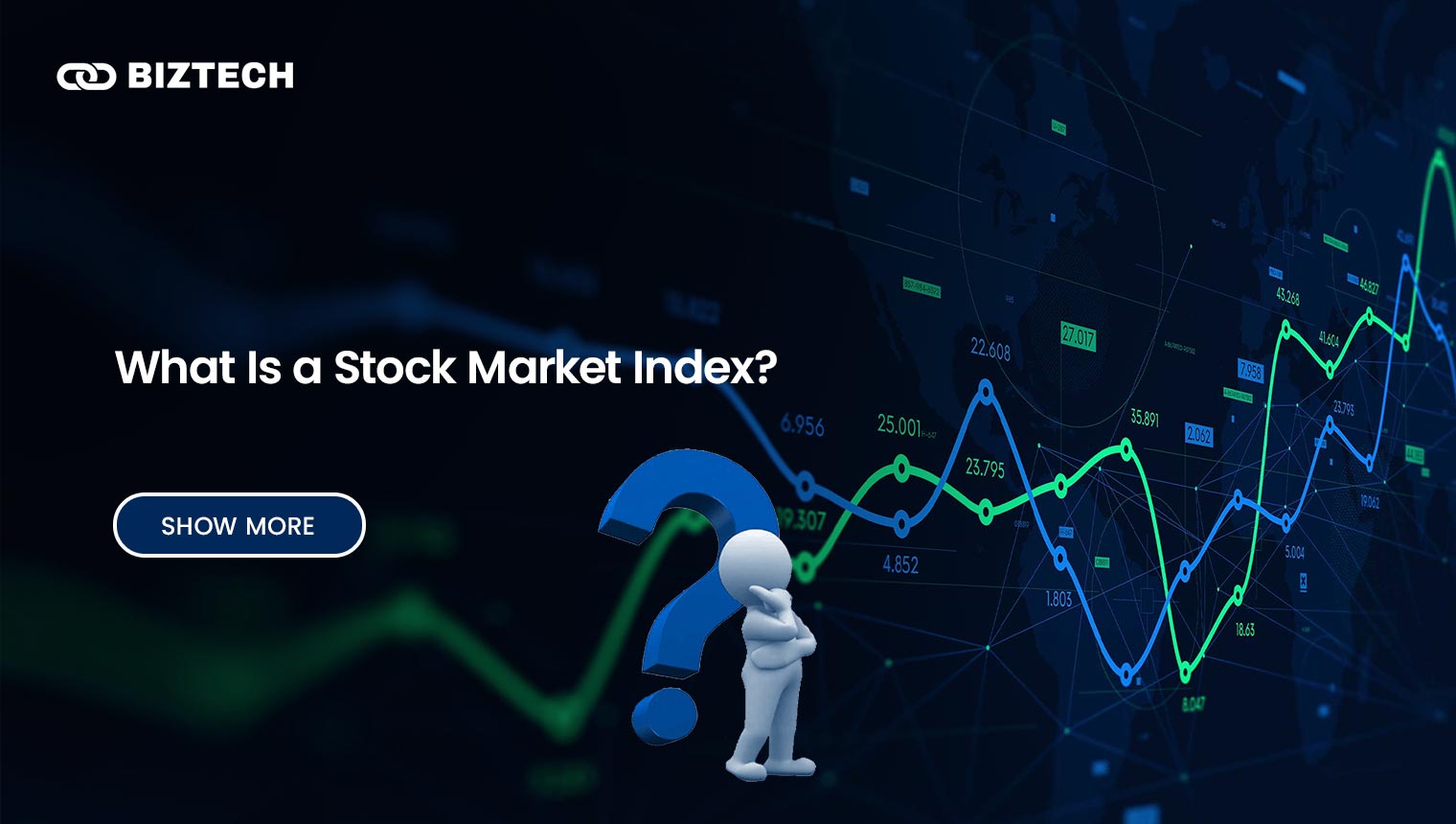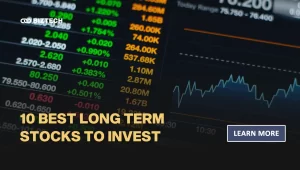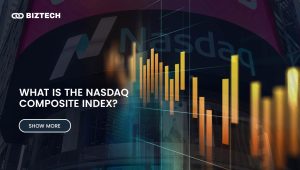What is a Stock Market Index?
A stock market index is a way to measure a part of the stock market. It is calculated based on the prices of selected stocks, which are usually chosen to represent either the entire market or a specific segment. The main goal of a stock market index is to give investors a benchmark for comparing the performance of their individual investments. In essence, it acts as a statistical tool that shows the overall performance, trends, and health of the stock market.
- What is a Stock Market Index?
- How Stock Market Indexes Are Created
- Why Stock Market Indexes Matter
- Types of Stock Market Indexes
- 1. BROAD-MARKET INDEXES
- 2. GLOBAL AND INTERNATIONAL INDEXES
- 3. SECTOR INDEXES
- 4. MARKET-CAP-BASED INDEXES
- 5. SOCIALLY RESPONSIBLE AND ESG INDEXES
- How to Read a Stock Market Index
- 1. INDEX VALUE
- 2. POINT CHANGES
- 3. PERCENTAGE CHANGES
- 4. HISTORICAL PERFORMANCE
- 5. SECTOR WEIGHTINGS
- 6. INDEX CONSTITUENTS
- Practical Applications of Stock Market Indexes
- 1. BENCHMARKING INVESTMENT PERFORMANCE
- 2. CREATING INDEX FUNDS AND ETFS
- 3. ECONOMIC INDICATORS
- 4. HEDGING AND DERIVATIVES
- Common Misconceptions About Stock Market Indexes
- 1. INDEXES REPRESENT THE ENTIRE MARKET
- 2. A RISING INDEX MEANS EVERY STOCK IS UP
- 3. INDEXES PREDICT FUTURE MARKET PERFORMANCE
- Conclusion
There are different types of stock market indexes, including broad-market indexes like the S&P 500 and the Dow Jones Industrial Average (DJIA), which aim to reflect the performance of the entire market. In contrast, sector-specific indexes focus on certain areas, such as technology or energy. These indexes are vital in the financial markets, as they help investors monitor market movements and make well-informed investment choices.
How Stock Market Indexes Are Created
Stock market indexes are formed by choosing a collection of stocks that aim to reflect a specific market or sector. The criteria for selection can differ based on the index’s goals. For instance, the S&P 500 consists of 500 of the largest companies listed on U.S. stock exchanges, covering a diverse array of industries. In contrast, the Dow Jones Industrial Average is made up of just 30 large, publicly traded companies in the United States.
After selecting the stocks, the index is calculated using one of three methods: price-weighted, market-cap-weighted, or equal-weighted. In a price-weighted index, such as the DJIA, the calculation involves summing the prices of the chosen stocks and dividing by a divisor that accounts for events like stock splits. Conversely, in a market-cap-weighted index like the S&P 500, each stock’s impact on the index corresponds to its market capitalization. Equal-weighted indexes treat all stocks the same, regardless of their size.
Why Stock Market Indexes Matter
Stock market indexes are important resources for investors, financial analysts, and economists because they provide insights into market trends and the state of the economy. They give a clear overview of how the stock market or certain sectors are performing, which can be particularly useful for investors looking to understand the market’s direction. By observing an index, investors can tell if the market is bullish (gaining) or bearish (declining).
Moreover, indexes function as benchmarks for evaluating investment portfolio performance. For example, if an investor’s portfolio is primarily focused on large-cap U.S. stocks, they may compare their returns against the S&P 500 to gauge their success.
Types of Stock Market Indexes
There are several types of stock market indexes, each serving distinct purposes and offering various insights. Here are some of the most common types:
1. BROAD-MARKET INDEXES
These indexes reflect the overall market performance. For instance, the S&P 500 monitors 500 large-cap U.S. companies, offering a comprehensive perspective on the American stock market. The Wilshire 5000 takes it a step further, encompassing nearly every publicly traded company in the U.S.
2. GLOBAL AND INTERNATIONAL INDEXES
These indexes monitor markets beyond the United States or on a global scale. The MSCI World Index, for example, tracks stocks from developed markets around the world. Meanwhile, the FTSE 100 highlights the 100 largest companies listed on the London Stock Exchange.
3. SECTOR INDEXES
These indexes focus on specific sectors of the economy, such as technology, healthcare, or energy. A prime example is the NASDAQ-100, which is predominantly composed of technology companies, providing valuable insights into this sector.
4. MARKET-CAP-BASED INDEXES
These indexes categorise companies according to their market capitalization. For instance, the Russell 2000 focuses on small-cap companies in the U.S., providing a different viewpoint compared to indexes that emphasise large-cap companies.
5. SOCIALLY RESPONSIBLE AND ESG INDEXES
These indexes are crafted to showcase the performance of companies that fulfil certain environmental, social, and governance (ESG) standards. The Dow Jones Sustainability Index (DJSI) serves as an example, tracking leading companies according to ESG criteria.
How to Read a Stock Market Index
Reading and interpreting a stock market index requires an understanding of its calculation and significance. Here are some essential factors to consider:
1. INDEX VALUE
The most prominent feature of an index is its value, which is commonly reported in financial news. This value represents the weighted average of the prices of all the stocks included in the index. However, it’s important to note that this figure alone doesn’t provide much context. The key is to observe how this value changes over time, as it indicates market trends.
2. POINT CHANGES
Indexes are frequently analysed based on how many points they have either gained or lost over a specific timeframe. A point change represents the difference in the index’s value between two moments. If the index is rising, it suggests that, on average, the stocks it tracks are gaining value, whereas a declining index indicates the opposite trend.
3. PERCENTAGE CHANGES
Percentage changes provide a clearer picture than point changes, as they reflect the relative movement of the index. A 2% rise in the S&P 500, for example, signifies a notable shift in the market, indicating that the total value of the 500 companies has collectively increased by 2%.
4. HISTORICAL PERFORMANCE
Analysing an index’s historical performance can reveal important long-term trends. Thus, while a consistent upward trajectory over several years may indicate a strengthening economy, extended periods of decline could point to potential economic issues.
5. SECTOR WEIGHTINGS
In indexes that are weighted by market capitalization, sectors with larger total market values exert a greater influence on the index’s fluctuations. By understanding the sector distribution within an index, investors can better anticipate how shifts in the economy might affect it. Therefore, if an index has a significant concentration in technology, a downturn in that sector could have a more pronounced impact on the index’s overall performance.
6. INDEX CONSTITUENTS
Knowing the companies included in an index can enhance your understanding and insights. For instance, the DJIA includes just 30 companies, yet they are among the largest and most significant in the U.S. economy. Consequently, variations in the stock prices of these companies can have a major effect on the index.
Practical Applications of Stock Market Indexes
Stock market indexes are a vital tool for numerous applications in today’s world of finance:
1. BENCHMARKING INVESTMENT PERFORMANCE
Investors and mutual fund managers often use an index to assess their portfolio performance. A case in point is an actively managed mutual fund that focuses on large-cap U.S. stocks and wants to evaluate its results against the S&P 500. If the fund outperforms the index over a six-month span, it indicates that Advani’s stock selection strategies are yielding greater value.
2. CREATING INDEX FUNDS AND ETFS
Numerous investment products are tailored to follow the performance of a specific index. Index funds and exchange-traded funds (ETFs) exemplify this category. These funds aim to replicate an index’s performance by holding the same stocks in the same ratios. They attract investors who seek wide market exposure at a low expense.
3. ECONOMIC INDICATORS
Stock market indexes are widely recognized as key economic indicators. An upward trend in an index indicates investor optimism and suggests healthy economic growth, whereas a downward trend signals that the economy has not yet recovered or that market corrections may be forthcoming. As a consequence, these trends, which are closely watched by policymakers, economists, and businesses, serve as important signals for strategic actions.
4. HEDGING AND DERIVATIVES
Investors also use indexes for hedging purposes through derivatives. For example, someone with a significant investment in tech stocks might turn to NASDAQ-100 futures or options to shield themselves from potential losses if the sector declines. Index-based derivatives provide a way for investors to speculate on or guard against market movements without the need to buy individual shares.
Common Misconceptions About Stock Market Indexes
Despite their importance, stock market indexes are often subject to erroneous assumptions. Here are three major misconceptions:
1. INDEXES REPRESENT THE ENTIRE MARKET
While major indexes such as the S&P 500 or DJIA cover significant parts of the market, they don’t encompass every publicly traded company. As a result, they might not accurately represent the performance of smaller firms or particular sectors that are underrepresented in the index.
2. A RISING INDEX MEANS EVERY STOCK IS UP
A common misconception is that when an index is on the rise, it means that all the stocks within it are also increasing in value. In truth, the index can be influenced by substantial gains from a handful of large companies, while numerous smaller stocks may continue to decline.
3. INDEXES PREDICT FUTURE MARKET PERFORMANCE
While indexes offer useful information about market trends, they can’t forecast future performance. Investors need to be careful not to depend only on index changes when making investment choices, as markets can be swayed by many unpredictable elements.
Conclusion
To summarise, stock market indexes are critical indicators of the world’s finance industry, providing insights into opportunities therein, trend investments and information related to economic health. By learning what a stock market index is and how to read it, an investor can track the performance of their portfolio more accurately — as well understand the broader economic context better.
No matter if you are an individual investor or a financial professional, knowing the stock market indexes is going to improve your capacity for moving in this world where investing moves on every corner. By understanding it thoroughly, you will naturally become more informed about what is moving markets and how your portfolio compares — all invaluable information if that means maximising sound investments on the way to an optimised financial future.







